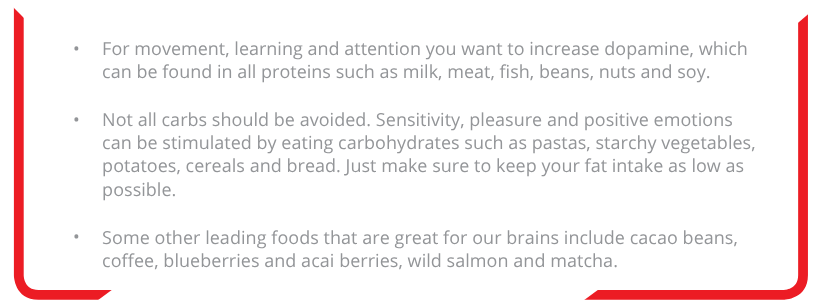CHAPTER 04
BRAIN SCIENCE
I choose things by how they resonate in my heart. — Rita Coolidge
In all the physical sciences pretty much everything gives off a vibration — every aspect of the material world at the atomic and sub-atomic level is constantly in motion. That movement and the resulting vibrations rub, tickle, poke, pound and shock each other, giving off a frequency of wave energy. This process is called resonance.
The traditional view of brain mechanisms is that they fire off a series of very biological chemical reactions that touch one cell to the next until they reach the nerves, which are then fired sending impulses to our muscles. But this seems like such a slow process. And scientists have often wondered how we are able to do complicated physical activities such as swinging and catching a trapeze in mid-air that rely on strength, balance, visual cues, split second timing and awareness to immediate environment. Neurosurgeon Karl Pribram began experimenting with quantum waves as a method of brain science and found compelling evidence in his studies that the brain communicates within itself and addresses the rest of the body through the frequency and amplitude of wave interference patterns.
This is important for all of us because we have the ability to change and adapt our brain wave frequency. When we are going against the grain in life it could be because our brain waves are out of frequency with our surroundings.
Rather than a chain of chemical reactions, the brain operates its senses with waves. It literally notices an object by resonating with it. Then inside the body it reacts to the objects by synchronizing waves directly with muscles and nerves. Thus it can perform multiple and almost instantaneous adjustments on the fly. Good news for our circus trapeze artist who has let go of one trapeze in mid-air and is doing a double tuck somersault timing it perfectly to finish just as the second life saving trapeze swings within his grasp.
These subatomic waves also have the added benefit of an almost infinite capacity for data.
According to Pribram, his model of holographic waves would also then account for our almost instantaneous memory recall. Despite memory dispersed in areas all around the brain, we can conjure a memory in less than a thousandth of a second often accompanied by associations with taste, touch, smells, sound and even fully formed imagery. What we are saying is that we experience the world and reality by tuning into its vibe, getting in synch, or being on its wavelength.
 Think back to a time when you met someone who made you feel an immediate connection. This is someone who was vibrating at the same frequency that you were at the time. Reach out to that person, and if possible, discuss what it was that you both felt at the time. Attempt to identify this feeling that came so definitively and ingrain it in your mind for future reference. Don’t forget to let your friend know how much you appreciate your connection.
Think back to a time when you met someone who made you feel an immediate connection. This is someone who was vibrating at the same frequency that you were at the time. Reach out to that person, and if possible, discuss what it was that you both felt at the time. Attempt to identify this feeling that came so definitively and ingrain it in your mind for future reference. Don’t forget to let your friend know how much you appreciate your connection.


Don’t forget to click the mark complete button when you have finished completing your journal.
